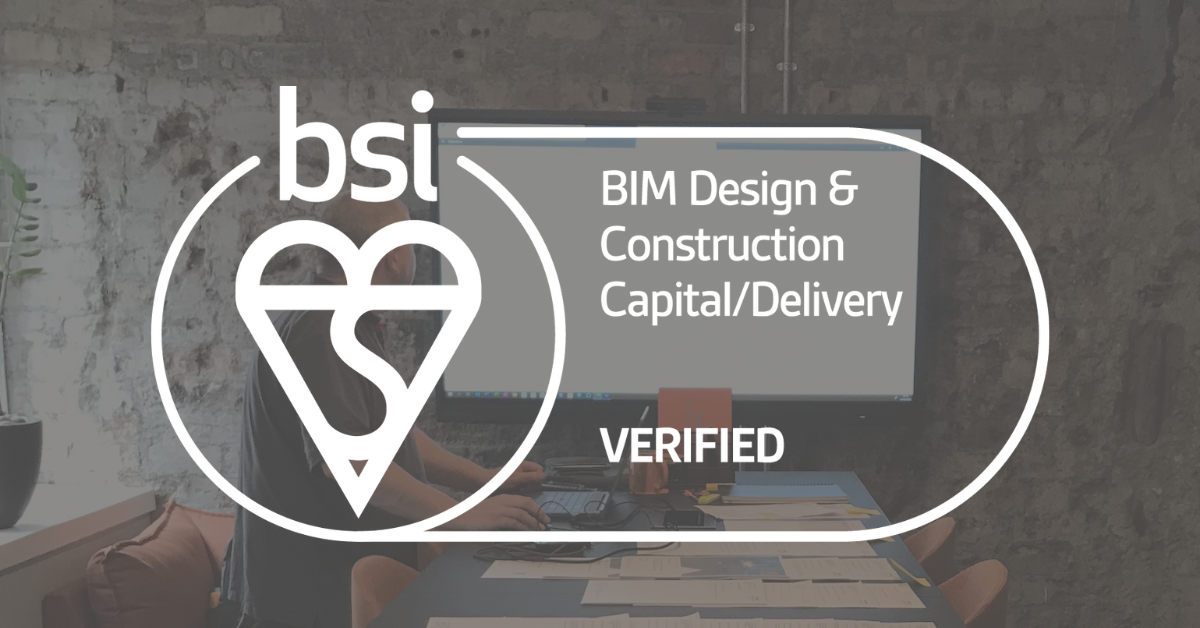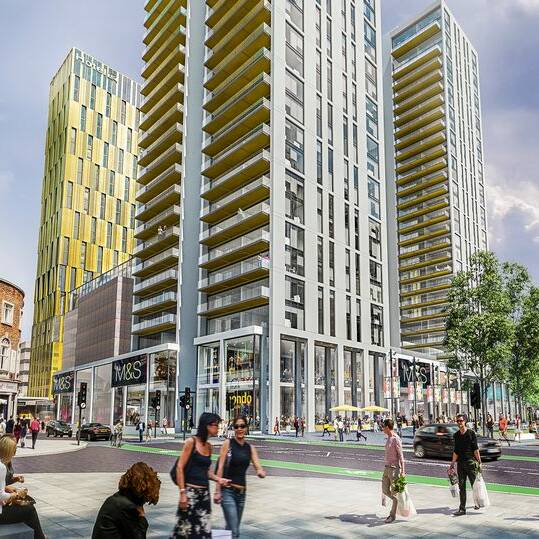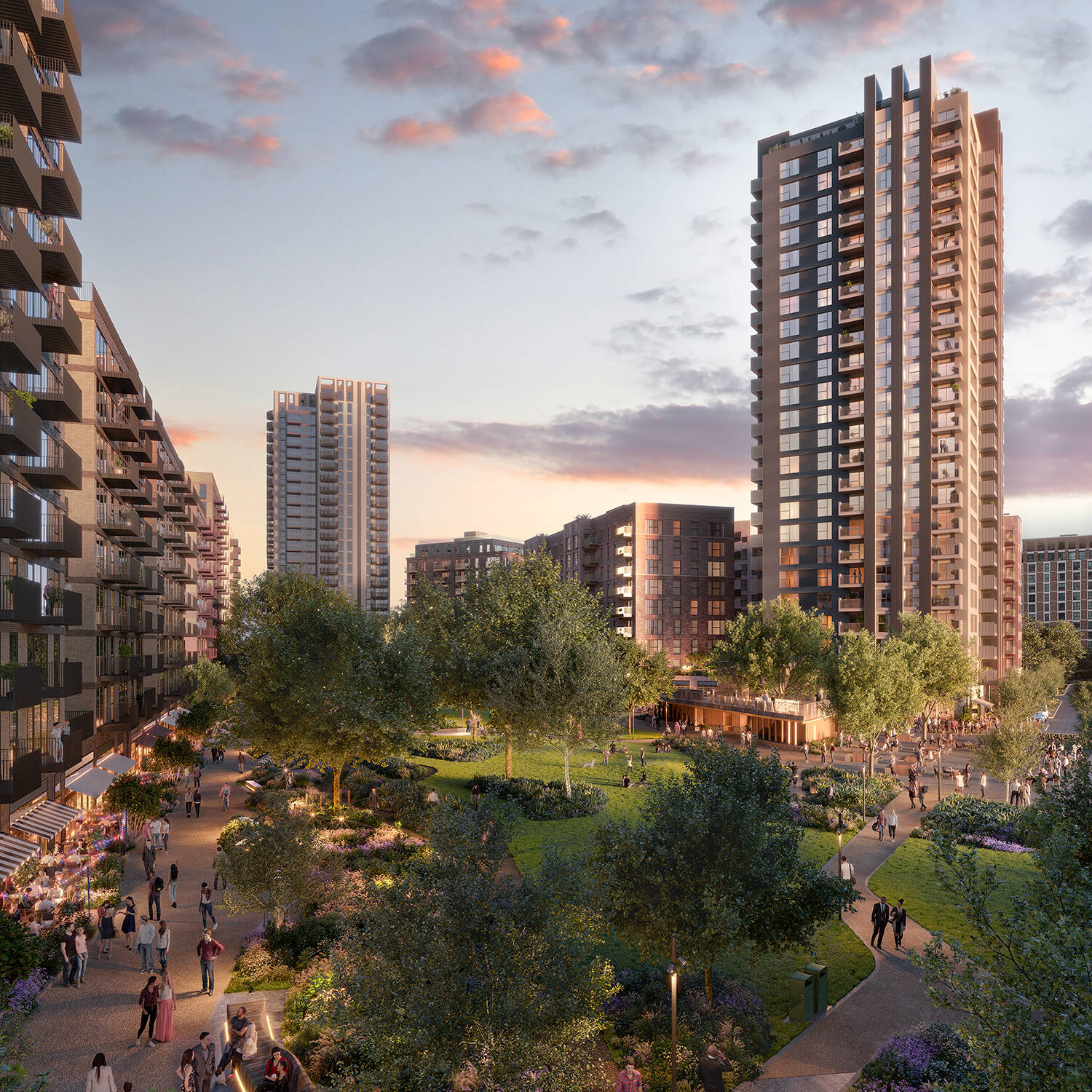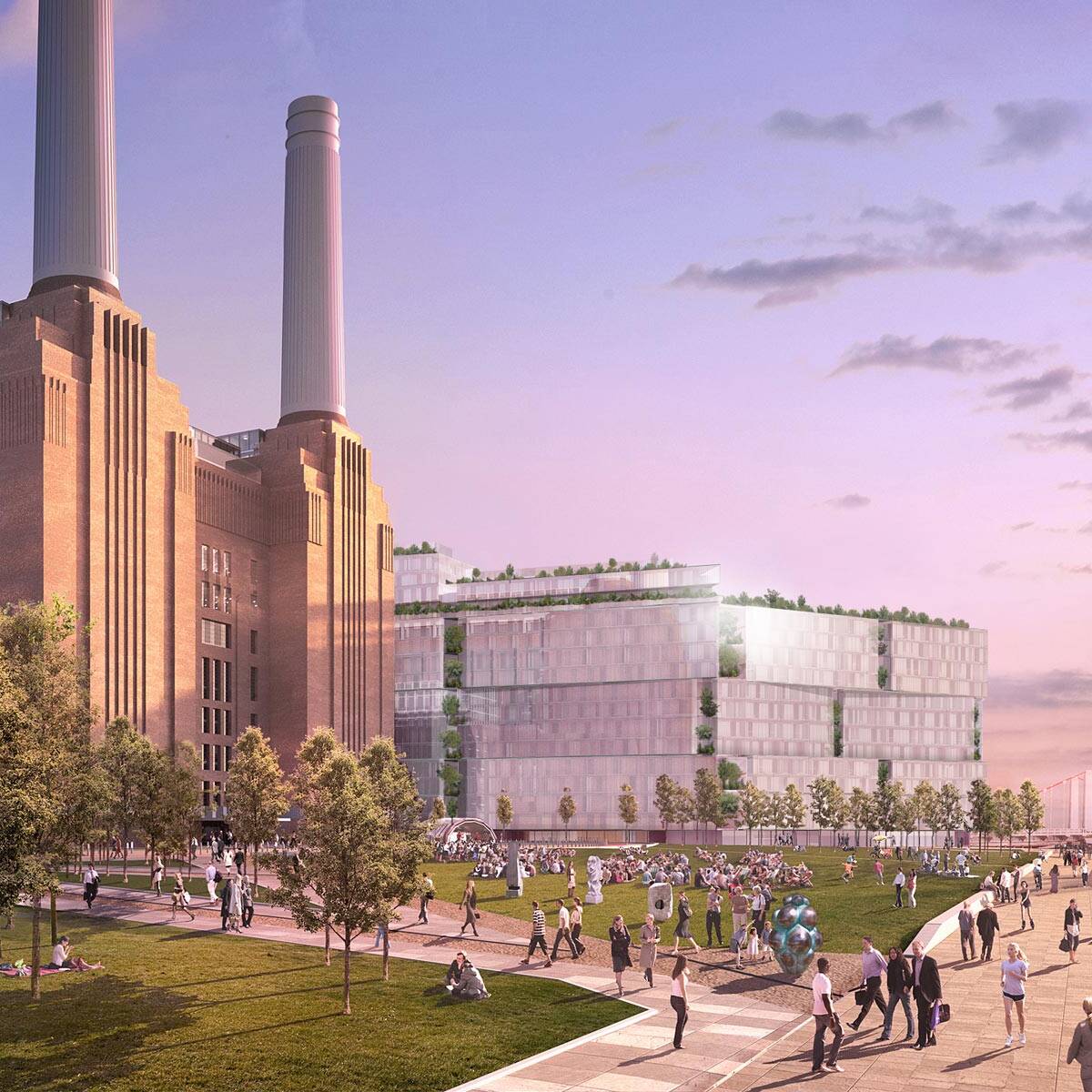BIM Stage 2 Re-Verification
BIM Stage 2 Re-Verification
At Wallace Whittle, we pride ourselves on Quality of Product and Quality of Service.
Our Building Information Modelling (BIM) verification, is just one of the many ways we re-assure our clients that we have the in-house expertise to deliver BIM Stage 2 projects, in compliance with the RIBA stages and industry standards.
We have had another successful BIM Stage 2 Verification Audit, conducted by BSI (British Standards Institution). The audit, which took place on May 15th, 2023, has reaffirmed the company’s commitment to quality assurance, standardisation and the implementation of BIM processes.
This audit is a crucial evaluation of an organisation’s ability to adhere to industry standards and deliver high-quality products and services through the virtual construction process. The audit covered multiple projects within Wallace Whittle, ensuring compliance with BIM processes and the effectiveness of our BIM Standards.
Our experienced digital engineers utilise BIM from the early concept stages of projects, to visualise design intentions and make informed decisions. We use an in-house suite of standards, in conjunction with powerful BIM authoring software, to build our design within a 3D environment which we are then able to share with our design partners to provide the process with an efficient means of communicating information.
Our ability to work in this manner allows our design to be passed on to the construction phase adding value & support to such things as offsite project management, reducing abortive time on site and avoiding re-design resulting in waste materials.
Our experience integrating data into our models at the design phase provides our clients with the option to develop progressive operational data which assists with future aspects of the project, providing a full audit trail which lays the foundations for digital building asset management.
The auditor’s attention to detail was thorough and throughout the audit evidence was reviewed to verify the implementation of BIM processes across various projects. The feedback received regarding our BIM Standards was overwhelmingly positive, reflecting the dedication and hard work put in by the team.
Paul Hargreaves, Associate Director, Paul Underhill, Associate BIM Technician and Andrew Masson, Senior BIM Technician, played crucial roles during the audit, which was overseen by our Quality and Standardisation Manager, Raymond Kelly. Their expertise in navigating through our systems and processes, and ease of guiding the auditor to the required evidence were instrumental in the successful outcome.
As a result of the audit, Wallace Whittle has achieved re-verification of its BIM Stage 2 for another year.
This achievement is a testament of everyone within the Wallace Whittle team, It demonstrates our dedication to maintaining high standards, delivering quality products and services, and a consistent approach to applying BIM processes.
Receiving this verification with no non-conformities for the 7th year running, demonstrates the maturity of our capability and expertise of our team. We are committed to ongoing excellence and will continue to push the boundaries of quality in the construction industry. The upcoming year will bring new challenges, but with the same level of dedication and adherence to standards, we are confident in our ability to excel.
If you want to chat with us further about BIM, drop us an email to [email protected]
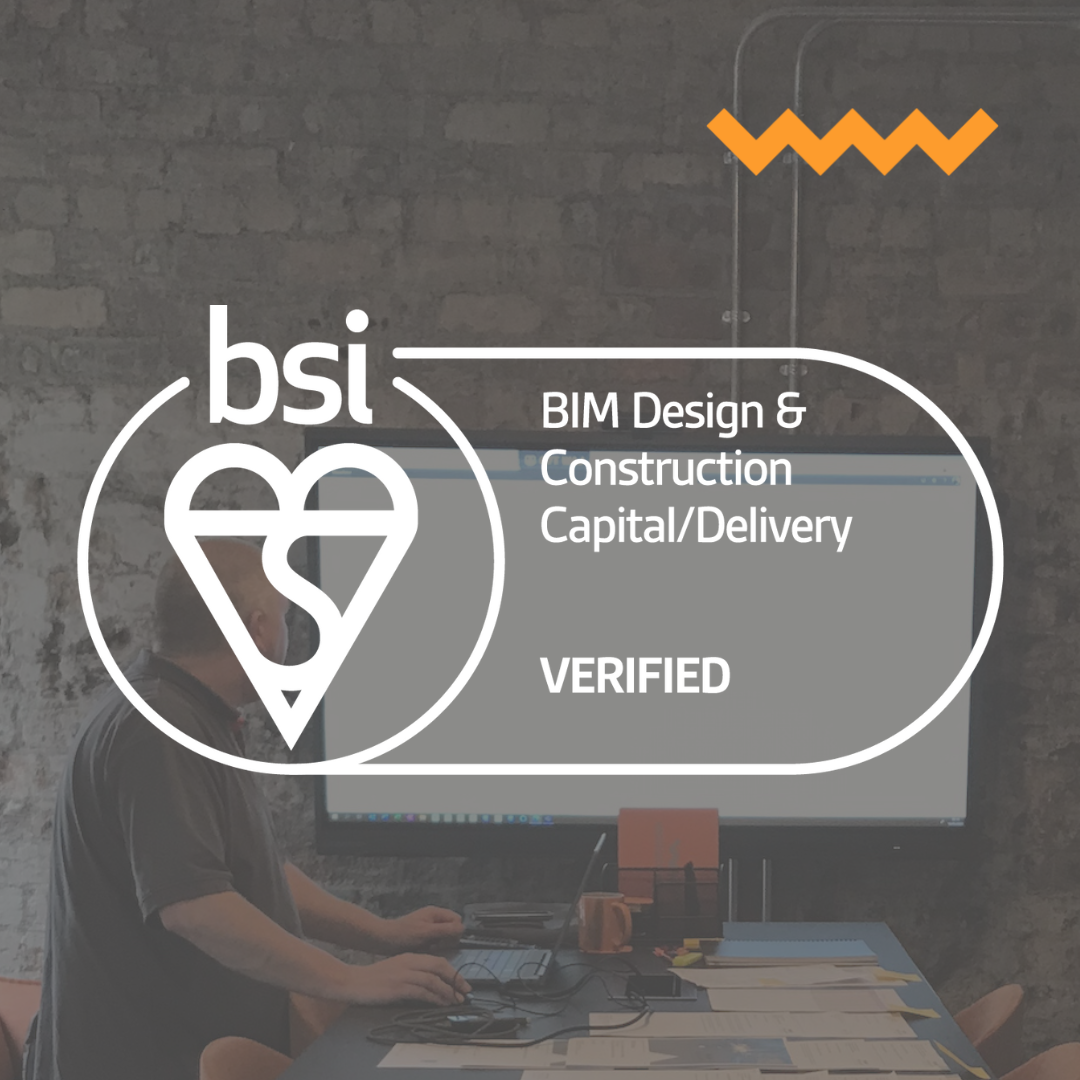
Call Challenge – WWe Are Ready to Respond
As of 1st of July 2023, Scottish Fire and Rescue Service will no longer attend automatic fire alarm call outs to non-high-risk premises.
Scottish Fire and Rescue Service (SFRS) have undertaken extensive research into Unwanted Fire Alarm Signals (UFAS) which has identified up to 98% of automated fire alarm calls are false alarms. Following consultation, they have taken the decision to implement a new response model which in simple terms requires a confirmed fire before they send a response.
In addition to the time wasted in sending an Appliance to false alarms, there is also the increased road safety risk when Appliances attend under blue lights. Each false alarm has been estimated to cause 27 minutes of business disruption. This would seem to be a modest estimation of the disruption and many large buildings will incur significantly higher disruption costs as well as other issues such as loss of reputation or loss of customers. SFRS are also likely to charge for calls to repeated false alarms.
This article is in relation to the SFRS requirements in Scotland, however it is likely that other Fire & Rescue services across the UK may employ a similar approach, either currently or in the future.
Our staff are being briefed on these changes, considerations on operational impact and how they will affect designs and processes.
There has been an SFRS campaign to raise awareness, but it is not clear that there has been significant penetration with building owners, building operators, duty holders, or the wider fire alarm industry. There are no “ready-made” design solutions although there are some products that are better than others in avoiding unwanted alarms. We are readying ourselves to provide solutions.
So what happens when an alarm goes off?
SFRS will “Call Challenge” any calls received from Alarm Receiving Centres (ARC) or from direct calls. This means that they will ask if it is a confirmed sign of fire, which will then determine the SFRS response.
Premises which are exempt from the Call Challenge are those considered high risk. This can be simplified as premises which include a sleeping risk, including:
- Residential / Nursing / Care homes
- Sheltered housing
- Residential (Generally)
- Hospitals (Only in sleeping areas, such as wards)
- Hotels
Therefore, if the building is not exempt it will be Call Challenged. This includes offices, retail, education, industrial etc. and at all times of the day. It also includes areas of non-sleeping risk in large sites such as hospitals or retail premises on the ground floor of residential buildings.
Although some small premises may use a conventional fire alarm system, in general most will make use of an addressable fire alarm system. This will allow identification of a particular device, its type and location. SFRS will not consider a single smoke detector going into alarm as a confirmed fire.
However, they will consider some automatic devices as sufficiently low risk of false alarm to be considered as an indication that there is a confirmed fire.
The simplest form of confirming a fire condition is by human intervention, however that could have obvious safety risks. It may also introduce a delay if the fire condition occurs when the building is not staffed. Using technology to confirm a fire condition is possible but requires careful consideration in conjunction with other aspects of the fire safety plan.
There is a balance to be had between the disruption and cost of unwanted alarms, against the delay in attending to real fires. The implications of a delayed response could be significant hence the need to define the strategy considering all aspects.
At Wallace Whittle, we ensure our Engineers are ready to tackle change. If you would like to discuss the Call Challenge further, please get in touch with our Director of Engineering, Stephen Phimister – [email protected]

Stephen Phimister, Glasgow

London Office Growth
WW London Office
Our London Office, led by Matt Graves, has seen significant growth in recent years, which has led to the overall team supporting our London projects expanding to 20 plus and the recent promotion of several key staff members.
Since its inception, the London Office has demonstrated a strong track record of success in delivering high quality projects across a range of sectors and has continually exceeded expectation when competing with larger competitors inclusive of residential / mixed use, leisure, retail, commercial office, commercial hotels and healthcare. The Residential and Mixed-Use sector has evolved recently with both modular based construction processes and standardisation established to enable best value.
Staff take a pro-active role in driving the company in a collective manner, allowing for sector diversity whilst continuing to maintain quality of service and quality of product.
Support from our internal Sustainability, CAD, BIM and Revit departments, has been key to the continued growth and given the office a wide range of experience across projects completed for Developers, Contractors and end-user alike.
One of the London’s recent notable projects is Elephant Park, with Wallace Whittle playing an integral part since inception. Having been involved for 10 years, we have seen a significant evolution of Elephant and Castle as a result of this development where it has transformed the area with fantastic residential, retail and commercial accommodation.
We are nearing the final phases of the project with several further residential towers currently either in early construction stage or due to commence with a view to full completion around 2025. This is a testament to the continued quality maintained through such an established period, cementing our reputation throughout London on sizable projects.
The success and growth have been driven in large part by the talented and dedicated staff members and our in-house development programmes through our Academy. As a result of this growth, several key staff members have recently been promoted.
Austen Beischer and Ross Beischer have recently been promoted to Principal Engineers. These promotions reflect their exceptional contributions to the office and their ability to both lead as well as deliver complex projects time and time again. These promotions highlight our commitment to recognizing and rewarding the hard work and talent of our staff members.

Austen Beischer & Ross Beischer – London
“We are like a football team and only ever as good at the eleven players on the field. We are only ever as good as our staff and given our continued growth, our high percentage of repeat work, continuing to be supplemented with new projects, speak volumes for the quality of our staff and the contribution which they continue to make. We duly recognise this with continued review, reward and promotion, all of which is well deserved.”
– Matt Graves, London Location Director
With its strong track record of success and its talented and experienced team, our London Office is well-positioned for continued growth and success in the coming years. As the demand for innovative and sustainable engineering solutions continues to rise, the office is poised to lead the way in delivering world-class engineering services to clients across London and beyond.
Get in touch with the team at [email protected]
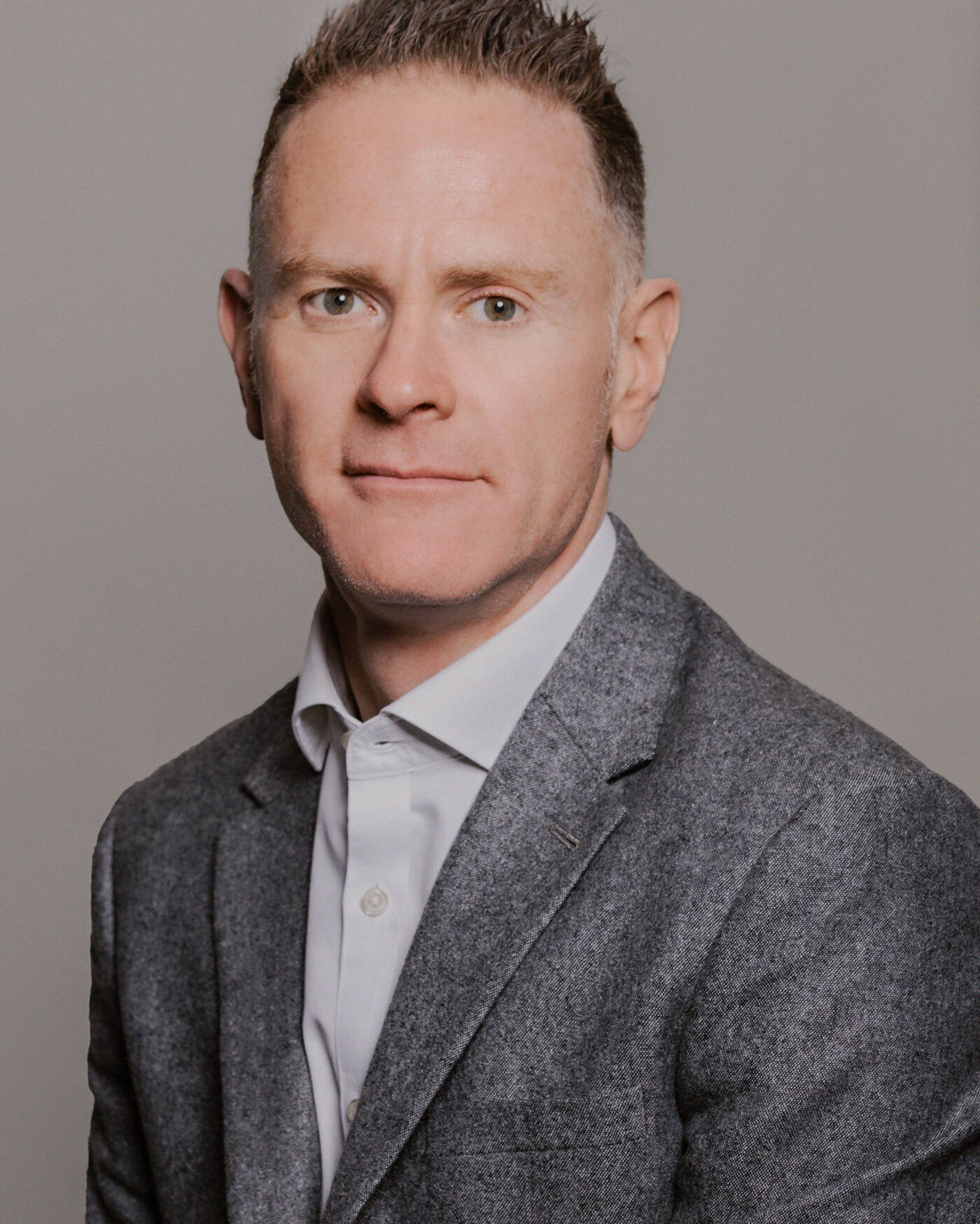
Matt Graves
London Director

Making Beds
30,000
Providing new homes for people and families is a core sector for Wallace Whittle, and one which we are very pleased to play our part.
After all, we all need a place to sleep in safety and comfort.
Until now, we’ve never stopped to work out how many homes that would stack up to and more importantly how many people could live in them. So far, we have passed 20,000 dwellings across many projects planned, designed and built which will provide homes and places to sleep for tens of thousands of people across the UK, indeed if were counting beds it’s well over 30,000!
Wallace Whittle have a long track-record in the Residential sector.
It started in London around 25 years ago with Chelsea Bridge Wharf, where we worked on multiple phases to deliver nearly 1200 apartments and a 200 room 4 star Hotel. This award-winning development set us on our way and was followed by several other developments where we started to introduce Low Carbon Heat Networks to provide energy to these new residential led mixed-use developments across London.
Our knowledge base and shared values was a further catalyst for success and the number of units we had in design was now measuring in the thousands – we were now part of the solution to deliver new homes to meet the country’s shortage.
In this growing sector our next milestone was being selected to join the design team for the Athletes’ Village at the London 2012 Olympics located in the gigantic Olympic Park regeneration at Stratford, East London.


We were one of the first...
Wallace Whittle were one of the first Services Engineers appointed to work on some of the new sitewide infrastructure and the first two vertical build plots. Over the next four years we worked on 4 residential plots delivering nearly 1400 apartments and the new state of the art Polyclinic which would provide full medical facilities for the games, but also community healthcare to the new neighbourhood which would become the Athletes’ Village legacy as East Village.
The village was a unique project and initially designed as a huge campus to provide beds for up to 17,000 athletes. Following the games, the Village was converted to provide 2700 new homes for all tenures; Social, Affordable and Open Market, as well as what turned out to be one of the first BTR developments in the UK for the Triathlon consortium. The village remains one of the largest, single-delivery developments to meet the Code for Sustainable Homes Level 4 compliance.
Our recognised expertise in the Residential sector has taken us on a journey.
Over the last ten years we’ve worked for many of countries’ leading developers and organisations which provide places to live for some of the most vulnerable of our society.
We’re now working on residential schemes across the UK and we have all sorts of projects on the go, including urban regeneration of brownfield areas in our cities which have tailored resilient and flexible energy solutions to best deliver Net Zero Carbon to each one. Elephant Park in Elephant & Castle is an example of our experience working across several phases, over a period of over ten years and is a great example of our wide scope of capabilities. This experience is now being applied nationwide with Latimer by Clarion Housing Group, including in Manchester and Birmingham, as well as at their Leeds Dyecoats development, where hundreds of new homes will be built on a riverside site near the city centre with an all-electric next generation energy solution, delivered via high efficiency Heat Pumps.


New build developments form the majority of our experience.
We focus on a seamless and careful integration between the buildings’ own inherent passive performance and the performance of the dynamic MEP systems. We have a primary focus on optimising energy use and wellbeing in every home. We are also experienced in many types of schemes, including conversion of listed buildings such as the Switchhouses at Battersea Power Station and a listed ex-Manchester University Warehouse in the city centre as part of the award-winning Kampus development.
In the face of the Climate Emergency, our skill set continues to develop.
Our involvement in the master planning of developments, while producing the detailed design for the initial phases and a Hybrid Planning Submission, has also increased as the proposals for energy solutions and demonstration of their whole life carbon and operational energy are required from the outset.
In the face of the Climate Emergency our skill set continues to develop to meet the requirements of new legislation, our own and clients’ own ESG targets and aspirations. Alongside Fire Safety legislation likely to be issued later this year and already being implemented by our forward-thinking clients such as Latimer by Clarion Housing Group and Lendlease.
We cover tenures including Affordable, Market, Premium, Senior Living, Build to Rent, Purpose Built Student Accommodation and Co-Living and we have residential led projects in many of the biggest UK cities including Aberdeen, Belfast, Glasgow, Edinburgh, Manchester, Leeds, Birmingham, as well as London and the surrounding commuter towns.
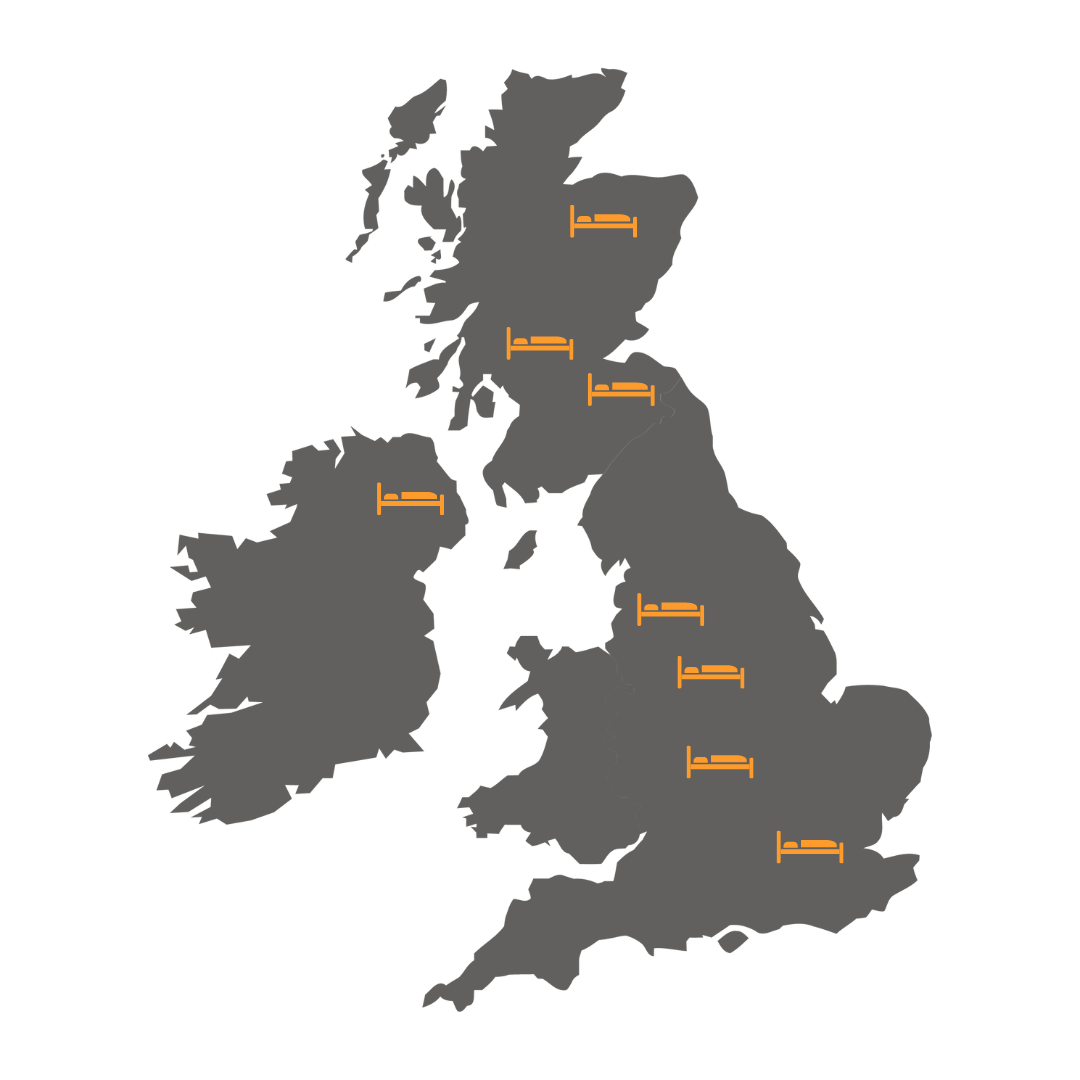
Contact Us
We’d love to talk to you about your latest project and the quality we can deliver.
Get in touch with us today at [email protected]
